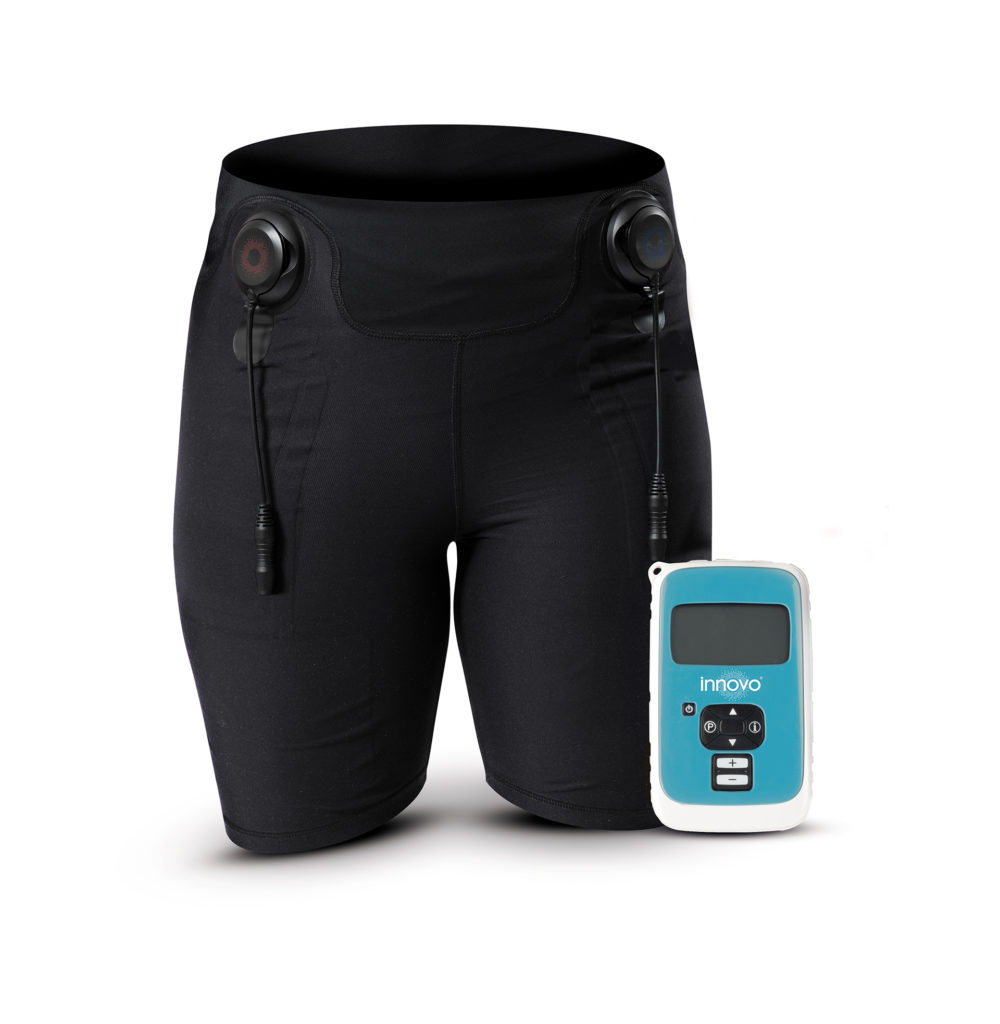Top Tips To Improve Your Pelvic Floor

Jane Wake, pelvic floor Pilates expert, is here with some practical advice on what you can do to improve your core strength.
Today’s menopausal woman has greater expectations of life than even her mother’s generation. 50 has been heralded as the new 40, and with some women having their first baby in their forties, things really have changed in terms of the choices we have.
What hasn’t changed is the fact that we will all go through the ‘change’, only now it is OK to talk about it. Physically, not only do our periods stop, but due to the hormonal changes, there are many other consequences, including a general ‘drying out’ of skin and what for some feels like the entire body.
In fact, it is not only the skin which is drier due to hormonal change, internally, your muscles are also affected. Jane goes on to explain why:
“Decreasing hormones are the biggest reason why women in the peri and menopausal stages of life will have issues. Both the male sex hormone testosterone and the female sex hormone, oestrogen – specifically the hormone estradiol which plays a major role in maintaining and promoting muscle integrity. As these hormones lower, muscles can lose connection and more particularly, strength and this can lead to issues such as incontinence or pelvic weakness.”
Without exercise, the pelvic floor muscle, like any muscle in the body, ‘atrophies’ or gets smaller with age – unless of course you know how to exercise it and do so regularly. So bladder weakness is often an unwelcome and unexpected change. Some women will maintain a strong inner core – but this is getting rarer due to our predominantly sedentary living. In fact, one in three women in the UK experience bladder weakness at some point in their lives.
What can be done to help prevent this deterioration?
We asked Jane, who sees many women in her work, looking for help specifically to strengthen their core for her advice: “I get a lot of women coming to me, even some who have had surgery to correct pelvic floor weakness 10 years ago, finding that they are back at square one, with recurring incontinence and or injury issues due to a decrease in the integrity of muscles.”
Jane feels very strongly that women everywhere and at every life stage should exercise their pelvic floor muscles and in doing so, help prevent bladder weakness issues, which currently affect up to one in three women in the UK to some degree.
Pilates and Pelvic Floor Expert Jane Wake’s Top Tips to improve pelvic floor strength
- Hold good posture!
If you want to work your pelvic floor correctly you must hold a tall spine.
- Always sit or stand tall
When seated, sit on your sit bones with your pelvis straight underneath you.
- Find your pelvic floor muscles
First imagine you are stopping a fart, then stopping a wee, and then think of drawing these two feelings in together and up inside you – the feeling should be between these two points and also between those sit bones you’re sitting on – this is where your pelvic floor lies.
- BREATHE!
Imagine a cylinder starting underneath your rib cage and finishing at the base of your pelvis, with the spine running down the back of the cylinder, abs around the sides, pelvic floor at the bottom and diaphragm at the top. Breathe in, and the ‘cylinder’ expands – so the diaphragm, pelvic floor, and deep abdominals widen; exhale and they contract, and the ‘cylinder’ gets small and tighter – now lift up your pelvic floor, pulling in your tummy at the same time, so as you work the pelvic floor muscles you are also improving your deep abdominal strength, too (bonus!)
- Stretch and relax
The pelvic floor muscle, like all muscles, has to stretch and relax as well as contract, so always allow time for it to expand, lower and release in between contractions.
Jane’s two top strengthening exercises:
The Lift: imagine your pelvic floor is a lift going up 5 floors. Pull up a little (20%), that’s first floor, then a little bit more to 2nd floor (40% effort), and so on until you reach 5th floor, which is as high as you can go. Remember to lower back down aiming to stop at each floor.
The Volume Switch: breathe in and, as you exhale, start to lift up the pelvic floor as described above. Keep lifting as you exhale, feeling the pelvic floor lift in more and get stronger towards the end of your breath, like a volume switch turning on and up. Remember to always relax and feel the pelvic floor lower back down before repeating.
Aim to do 10 of each exercise in a row and try to do as many times as you can throughout the day.
For more advice and Pilates routines to practise at home, take a look at www.janewake.com/
Fast Track Pelvic Floor Training
“There is an over reliance on quick fix solutions such as incontinence pads, and women who are used to wearing panty liners or sanitary towels use them in order to get on with their lives,” says Jane. “Women should be taught the importance of pelvic floor exercises from their teens in order to help prevent problems during childbirth and later on during menopause and beyond.” Jane also recommends that to get the pelvic floor muscles back in working order as quickly as possible and to improve bladder weakness, using a fast track solution like the new INNOVO wearable shorts which delivers 180 perfect muscle contractions in 30 minutes and is proven to give measureable results, noticeable even after just four weeks.
Jane knows just how hard doing these exercises can be, especially when your pelvic floor is weak and you have very little sensation or sense of how to do the exercises. “To effectively train a weakened pelvic floor you need to be aiming for around 100 contractions daily. And research shows that doing up to as many as 200 contractions a day can give better results.” That’s why she actively recommends the new product from INNOVO® – she calls it a ‘life saver’ for many women. With built in electrical pads, INNOVO looks like a pair of ordinary cycling shorts, but the non-invasive NMES technology stimulates your pelvic floor muscles, enabling 180 perfect contractions of the pelvic floor in just 30 minutes.
INNOVO® lifts and lowers the pelvic floor without you having to try and find it. Most importantly – it makes you understand where your pelvic floor is and therefore able to be more aware of it generally throughout the day – this awareness alone is significant – you’ll find yourself naturally drawing up or releasing your pelvic floor – just because you can.

Innovo Shorts, £249, available from restorethefloor.com, you can also pay in 6 instalments.
For more information about new INNOVO shorts . . .






